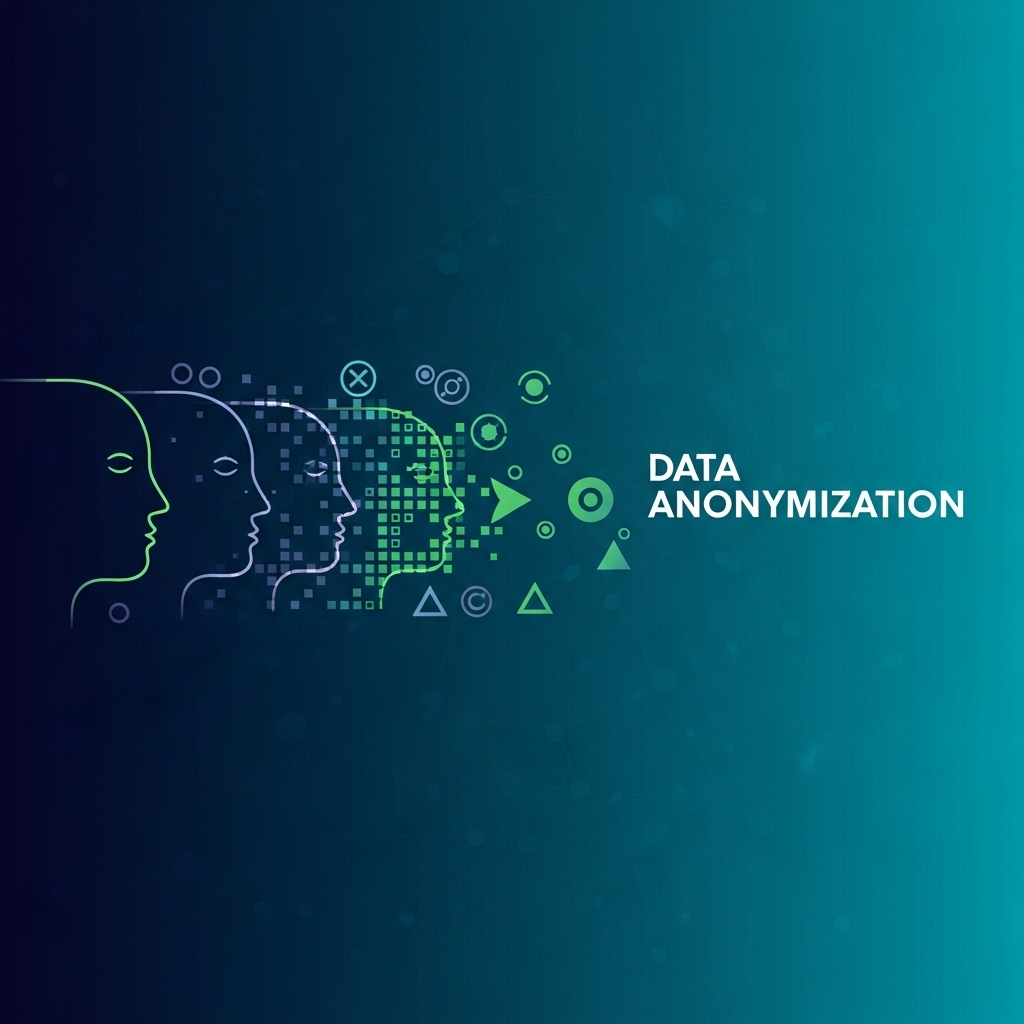Data Anonymization
Data anonymization and masking techniques are widely used to enhance data security and privacy, ensuring sensitive information is protected and safely shareable.
Masking
Masking partially retains the original structure of data while providing confidentiality. This method involves concealing, altering, or deleting specific parts or characters of data, maintaining its usability while preventing exposure of sensitive or personal information.
Examples:
- Displaying only the last four digits of credit card numbers.
- Masking the final digits of social security numbers.
- Concealing certain digits of telephone numbers with asterisks (*) or other symbols.
Anonymization
Anonymization aims to completely remove personal identifiers from data, rendering individuals unrecognizable and preventing any linkage back to personal information. This method ensures data is usable only for analytical purposes.
Examples:
- Removing patients’ names, birthdates, and addresses from medical data, retaining only disease type, age, and gender.
- Eliminating personal names and identification details from survey responses.
Importance and Risk Assessment
Masking and anonymization techniques are essential for securely analyzing and sharing sensitive data. These methods ensure data security without compromising usability. However, it’s critical to regularly assess the effectiveness of these methods, as fully anonymized or masked data may sometimes still be at risk of re-identification. Therefore, guidelines for managing and sharing sensitive data should be comprehensive and carefully crafted.












